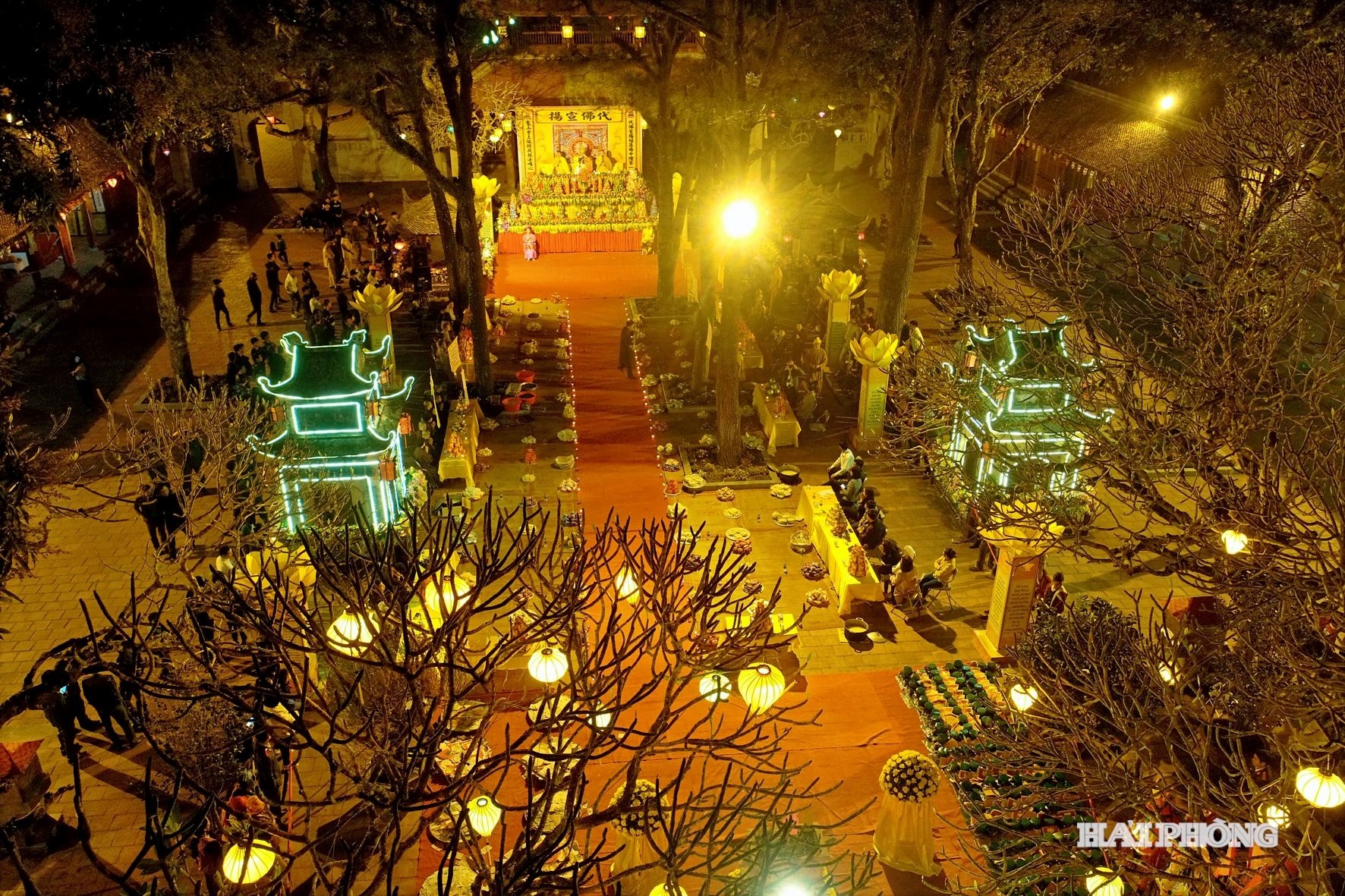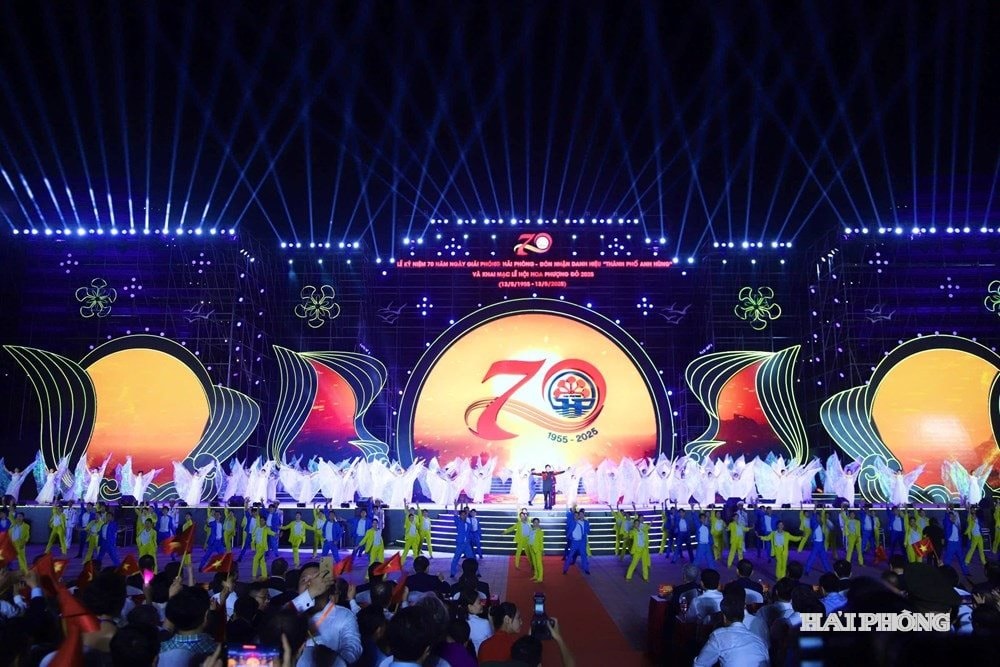Developing cultural industry from heritage – new opportunity for Hai Phong
Hai Phong, a land rich in historical and cultural traditions, is not only a source of pride for its people but also an important resource for developing the cultural industry, opening up new opportunities for the city’s sustainable growth.

Heritage – a cultural treasure
After the merger with Hai Duong province, Hai Phong now has nearly 4,000 relics, including nine special national ones such as the temple of Nguyen Binh Khiem, Bach Dang Giang relic complex, Mao Dien Temple of Literature, and the cluster of Xua temple – Giam pagoda –Bia temple.
The city also owns 257 national relics, 722 city-level relics, 33 national treasures, and 2 intangible cultural heritage pieces recognized by UNESCO. Notably, Hai Phong has 5 relics and scenic sites that are part of world cultural heritage complexes, affirming its cultural richness and diversity.
Hai Phong not only preserves traditions but also creates new cultural values. Typical examples include the Red Flamboyant Festival, performances at Nha Ken, weekend street events, and most recently the “Sacred Traces of Hang Kenh” tour at Hang Kenh communal house, which creates attractive public entertainment spaces.
At the seminar “Building Hai Phong’s cultural values and industry,” experts stated that the city possesses many strengths like beautiful natural landscapes, long-standing traditions, and abundant heritage. Hai Phong people are resilient and determined, yet also open and creative.
“I find Hai Phong amazing. Not only is the scenery beautiful, but the people here are also very friendly. Wherever I go, I can easily feel the rhythm of life and the local culture,” said Emma Wilson, a British tourist.
Opening directions for cultural industry

Le Thu Ha, Director of Dora International Co., Ltd. in Thanh Dong ward, analyzed: “Today’s tourists don’t just come to festivals or visit pagodas; they want to experience and consume culture. If well exploited, heritage can become the foundation for creative industries, from filmmaking, performing, publishing to product design. This is a sustainable path which both preserves culture and generates high economic value.”
According to the leadership of the Department of Culture, Sports and Tourism, the city is focusing on building culturally rich products, honoring and promoting destinations, while stimulating creativity from heritage resources. Some initially successful models include combining the Red Flamboyant Festival with contemporary arts or organizing night experiences in Cat Ba.
For cultural industries to develop sustainably, a comprehensive strategy is needed. First, the city is focusing on research and master planning in connection with tourism development, prioritizing investment in digital infrastructure to create virtual museums and apply artificial intelligence in heritage narration and promotion.
At the same time, Hai Phong is promoting public–private cooperation, inviting businesses to develop creative products such as film studios, theme parks, and art stages.
Another important task is training young human resources capable of design, creation, and digital communication, enriching the value of heritage.
Ultimately, the cultural industry can only be sustainable when linked with community livelihoods, encouraging local participation through handicrafts, homestay services, and specialty cuisine.
Hai Phong is encouraging the development of community tours, restoring traditional crafts, and promoting youth startups based on cultural–tourism products. These steps are creating positive effects but still require preferential policies to attract community investment and support.
Dr. Tran Thi Hoang Mai, Director of the Department of Culture, Sports and Tourism, emphasized: “The city is determined to strongly develop the cultural industry to tap the economic value of culture, turning heritage into a development resource. We are working with ministries, sectors, and experts to build projects in the field of cultural industry, while proposing mechanisms and policies to encourage creativity and attract businesses.”
In the context of globalization, developing the cultural industry from heritage is not only a way to harness traditional values but also a path for Hai Phong to assert its position in the network of creative cities. This is a direction that both preserves cultural identity and generates new vitality for the economy, turning heritage into a new resource for development.
TAM PHUC
